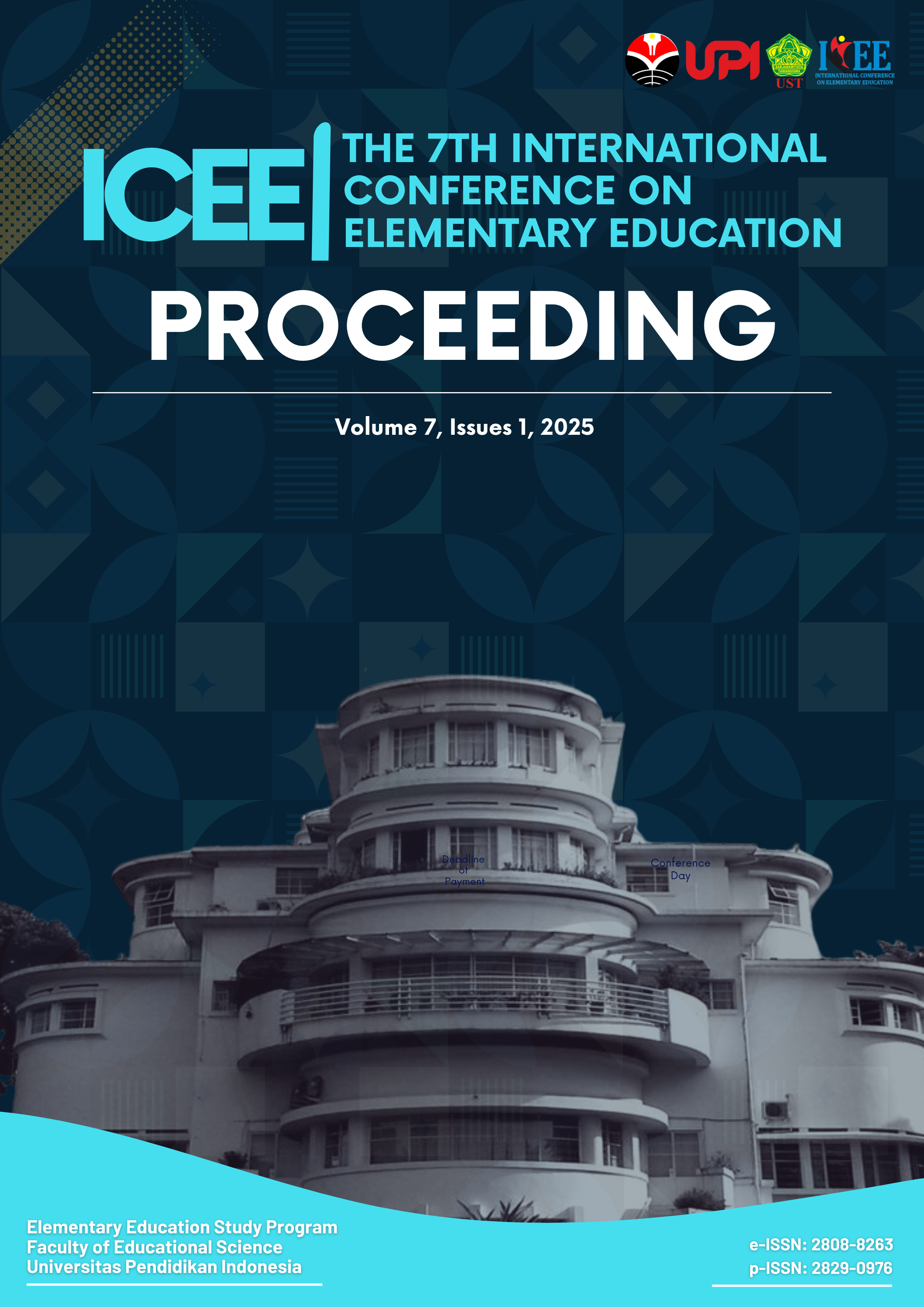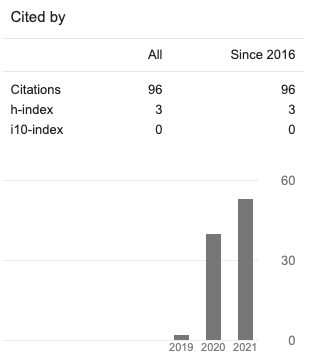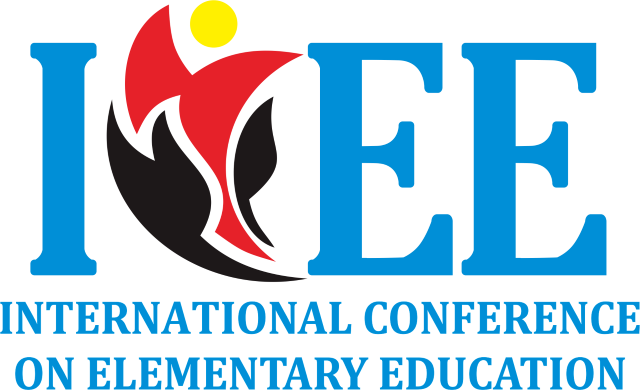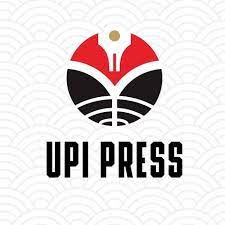Microlearning Based on Creative Problem Solving: A Solution to improve Numeracy Literacy Skills of Grade 4 Elementary Students
Abstract
This study was motivated by the misconceptions experienced by elementary school students in learning mathematics about money and its conversion due to the not optimal use of mathematics textbooks and the unavailability of varied learning resources that can facilitate each student's different learning styles and in accordance with developmental tasks and student needs, thus having an impact on the low numeracy literacy skills of students. The purpose of this research is to develop microlearning based on Creative Problem Solving (CPS) on the material of money and its conversion in grade 4 elementary school, obtain an overview of the feasibility of microlearning based on CPS, and obtain an overview of the improvement of students' numeracy literacy skills. In this study, data collection was carried out using the test method in the form of giving pre-test and post-test and tested quantitatively through the n-gain test to determine the improvement of students' numeracy literacy skills and non-test methods in the form of questionnaires that were analyzed qualitatively. This research uses the ADDIE model which has five stages, namely Analyze, Design, Development, Implementation, Evaluation. The results of the research obtained are the development of CPS-based microlearning using the ADDIE model, the results of the feasibility test of teaching materials based on the results of the subject matter expert review of 96% with very good qualifications, the results of the learning design expert review of 95% with very good qualifications, the results of the learning practitioner review of 92% with very good qualifications, the response of students of 95% with very good qualifications. The increase in mathematical literacy skills was also shown by students with an n-gain score of 0.56 in the medium category. This research shows that CPS-based microlearning on money and its conversion material is feasible to use and can improve students' mathematical literacy skills. The conclusion of this research is that this CPS-based microlearning can be used to help grade IV elementary school students construct students' mathematical literacy skills about money and its conversion.
Copyright (c) 2025 Rosiana Mufliva, Nursyifa, Wafiq Nur Fauziah, Astri, Anisya Pramitha Rahayu, Rezqi Dwi Chairunnisa Febrianti, Mutiara Qalby Chairunisa

This work is licensed under a Creative Commons Attribution 4.0 International License.















